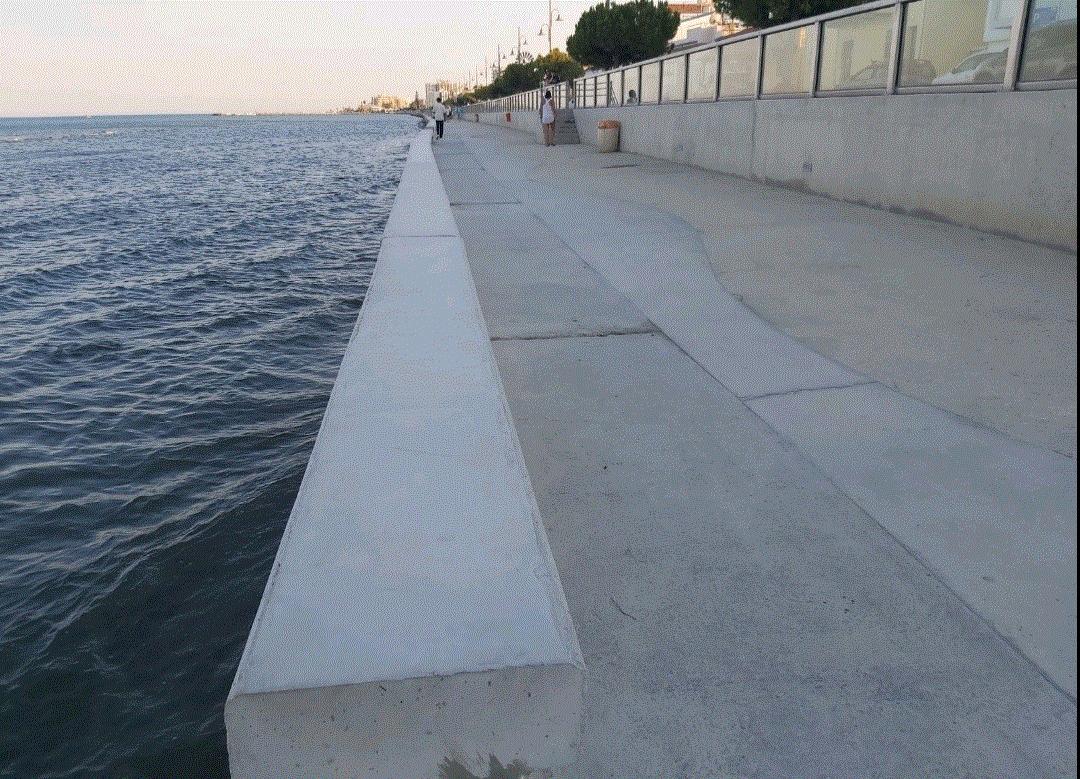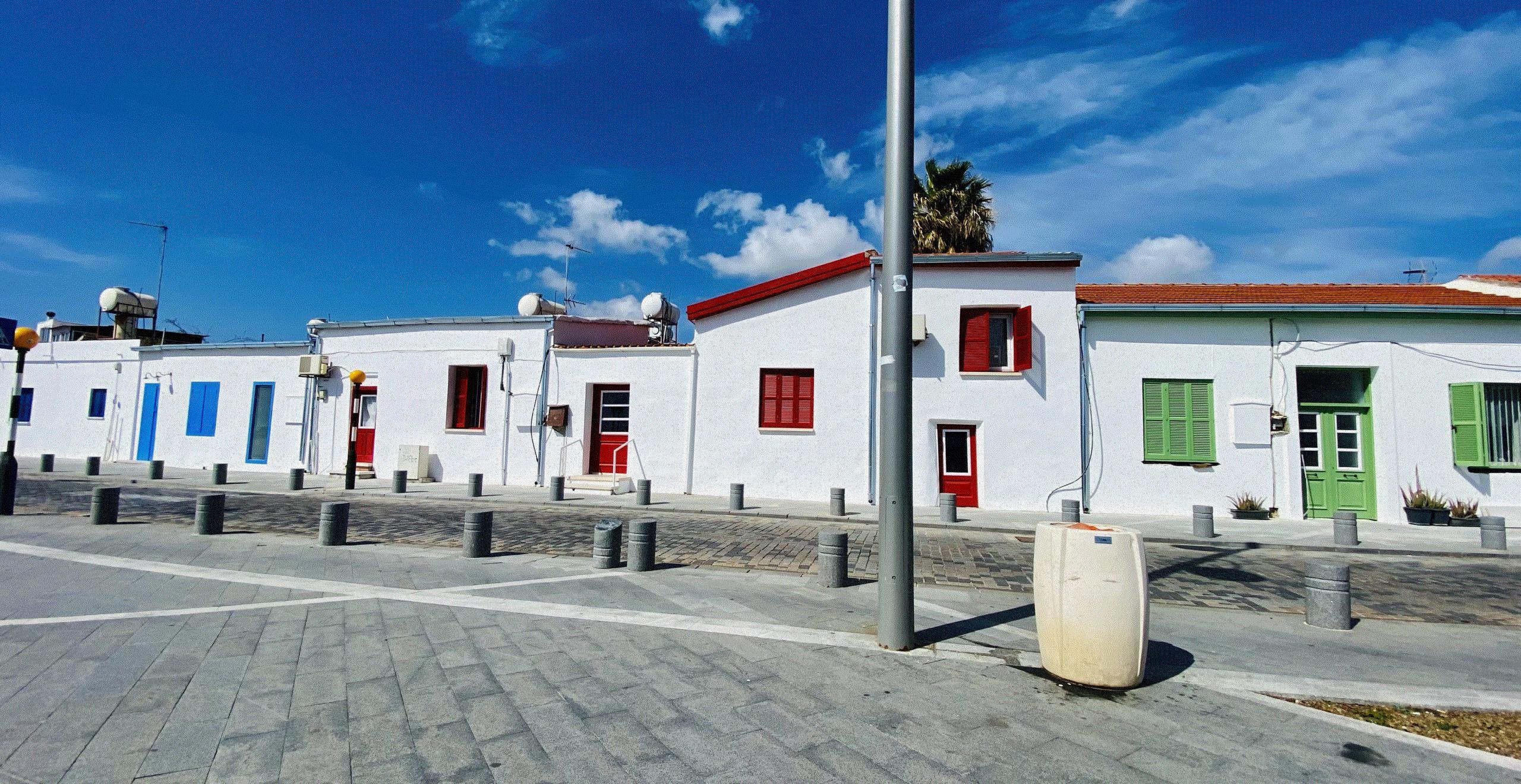The first section of the Piale Pasha promenade in Larnaca has been opened to the public.
According to the contractor, the concrete safety fence on the sea side has been repaired. Workers are now continuing to repair the section along the entire length of the promenade, which has been badly damaged by erosion and large waves.
The project is expected to be completed by the end of this year. It has been discovered that the amount of erosion to the seawall of the boardwalk has been much greater than originally anticipated. As a result, the work will take longer. The project was originally scheduled to be completed by September.

As a reminder, the Piale Pasha low coastal plateau has had a serious problem with corrosion of the concrete defence wall for several years.
It has large cracks almost along its entire length, from the medieval castle to the end of the pedestrian street. In some places, the corrosion is so severe that pieces of concrete have fallen off due to moisture and large waves. The promenade was last repaired in 2014. Just 6 years after the project was commissioned, the first problems have arisen, possibly due to errors or omissions in the construction of the new promenade. At the end of 2023, the Larnaca municipality decided to renovate the promenade.
It is worth mentioning that Larnaca recently completed the restoration and improvement of the facades of the Piale Pasha seafront. The architectural design for the project was developed by ARMON SPACE ARCHITECTURAL E.P.E. and the realisation of the grandiose idea was entrusted to the company ΚΕ.ΠΑ.ΜΑ. The contractor's task was to renovate the windows, doors and balconies of the houses, as well as to repair and paint the facades of all the buildings on Piale Pasha Street. The key colours chosen were indigo, ochre and its shades, yellow, burgundy and terracotta.
The project cost 1.1 million euros. The funds for the modernisation of the street were provided by the European Union, the Cyprus Government and the Larnaca Municipality. Piale Pasha is the first thing tourists see when they arrive in Larnaca. It was therefore crucial for the municipality to improve the aesthetic appearance of the coastal part of the city.

